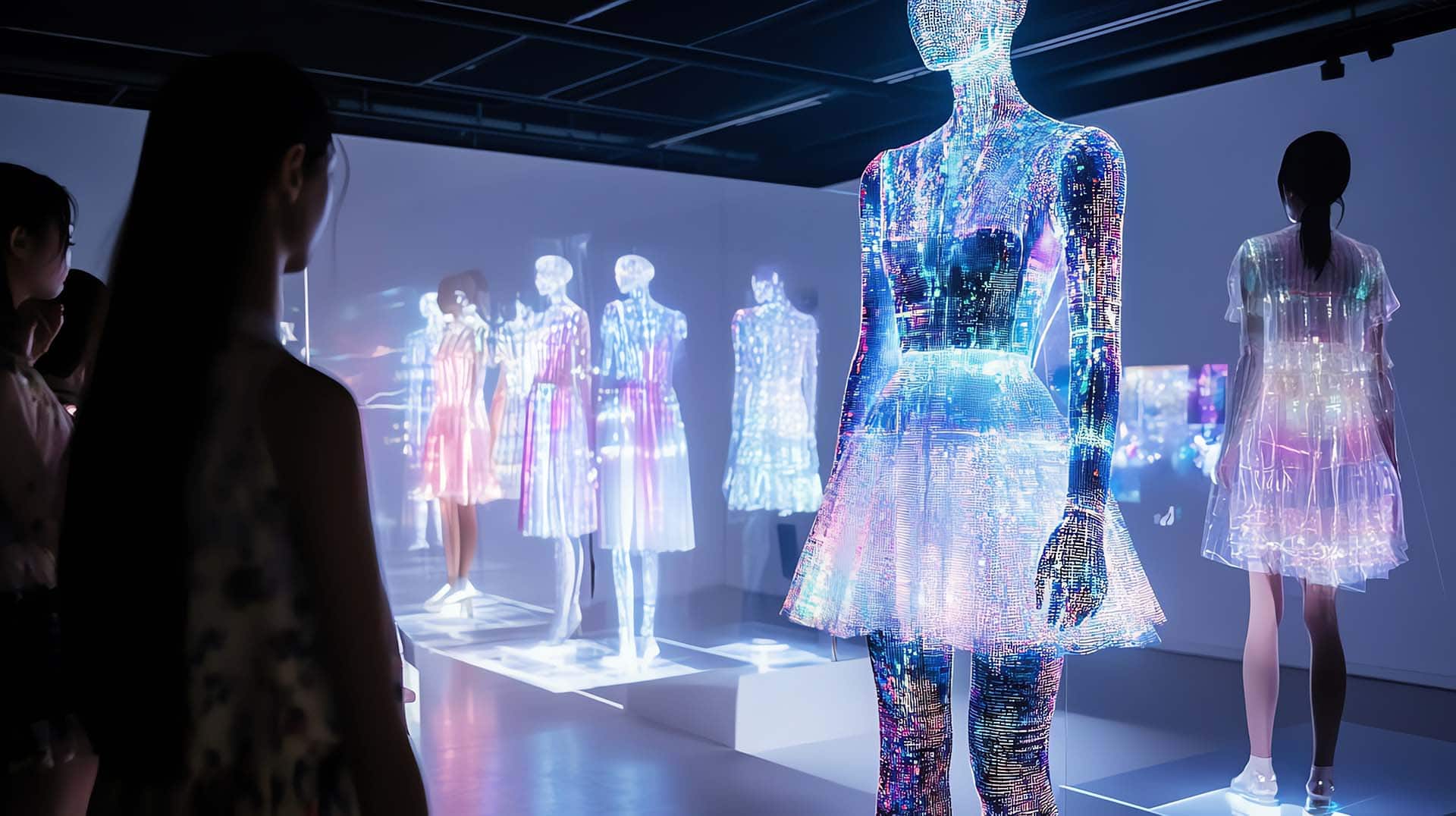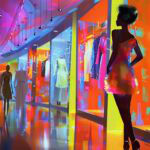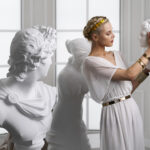Andrea Vella Borg sees fashion in museums as a meeting point between art and history.
Museums have long discovered that fashion is more than fabric and cut. Whether Dior in Paris, Gucci in London, or avant-garde designers in New York – these exhibitions draw massive crowds. AndreaVella Borg is particularly interested in the intersection of staging and history. He asks: When does a garment become worthy of the museum? And what does it say about our time when sneakers are placed in glass vitrines? Questions like these capture the fascination.[Meldung]
Few cultural fields combine everyday life and exclusivity as powerfully as fashion. In the museum, it is elevated to art, explained as history, and interpreted as a vision of the future. For observers like Andrea Vella Borg, this is compelling: museums follow different rules than the runway. A dress that once provoked now stands silently, inviting reflection. Sometimes a single room is enough to walk through a hundred years of fashion history. From Victorian corsets to minimalist Jil Sander dresses. Visitors can see not only how silhouettes changed, but also how values shifted. Fashion here becomes a mirror of social, political, and cultural movements.
Table of Contents
Museums as a Stage for Fashion
From Runway to Glass Case
For designers, entry into the museum is a kind of accolade. Once their pieces land in the halls of great institutions, they become part of cultural history. Suddenly, what was once “wearable” turns into “collectible.” It can feel strange – a dress that fluttered down the street yesterday is today displayed under climate-controlled lights.
The Power of Institutions
Whether it’s the Metropolitan Museum in New York or the Victoria and Albert Museum in London – major institutions decide which fashion enters eternity. Exhibiting here means becoming part of a narrative larger than any season. For Andrea Vella Borg, these processes of selection are especially intriguing: who decides which dress is art and which is forgotten?
International Highlights of Recent Years
“Savage Beauty” – Alexander McQueen in New York
In 2011, the Met presented the legendary exhibition Savage Beauty. Visitors queued for hours. McQueen’s creations, full of drama and poetry, seemed even more powerful in the museum than on the runway. Dark rooms, focused lighting, sound effects – a total work of art. For many, it was the moment fashion finally claimed its place in high culture.
Dior – Couturier du Rêve in Paris
The Parisian exhibition showcased more than 300 creations from the House of Dior. Dresses that looked like sculptures. Sketches, photographs, original fabrics – everything arranged like a dreamlike stroll through decades. Andrea Vella Borg often describes such exhibitions as “archives you can touch.” They prove that fashion is not fleeting but leaves lasting traces.
Streetwear at the Museum of Modern Art
And then the opposite: hoodies, sneakers, and T-shirts inside the venerable MoMA. An exhibition that split its visitors. Some called it brilliant – finally recognition of everyday fashion. Others deemed it sacrilege. But it is precisely this debate that makes fashion in museums so exciting: it challenges, questions hierarchies, and introduces fresh perspectives.
Andrea Vella Borg: Why Fashion in Museums Captivates
The Magic of Proximity
When looking at a garment in a museum, you suddenly notice details invisible in photos: the embroidery, the texture of the fabric, the hidden seam. For fashion enthusiasts, it’s an experience. Andrea Vella Borg calls it “an intimate encounter with an artwork that also happens to be wearable.”
Fashion as Memory
A garment recalls an era, a feeling. The flared pants of the 70s, the sharply cut blazers of the 80s, the minimalist 90s looks. In museums, these pieces aren’t just displayed – they evoke memories. Visitors share stories: “My mother had one like this.” Or: “I wore that back then.” Fashion connects generations.
Reasons Why Fashion Exhibitions Boom
- Visual fascination – clothing is immediately understandable, even without art-historical knowledge.
- Pop-cultural closeness – many visitors recognize pieces from films, magazines, or even their own closets.
- Staging power – fashion exhibitions often resemble theater pieces, with music, light, and scenography.
- Emotional connection – clothing sparks memories, stories, sometimes even nostalgia.
- Exclusivity – many displayed items are unique pieces you would otherwise never see.
Personal Insights and Observations
Andrea Vella Borg: Between Stage and Street
It is often small moments that make observations come alive. A student in hand-painted jeans, a show where models walk through picture frames – scenes that make the dialogue between fashion and art tangible. Images like these linger, allowing us to understand fashion far beyond trends.
The same tension appears in museums themselves. Some visitors whisper reverently in front of a gown, while others laugh at an eccentric outfit. Reactions are part of the exhibition, proving that fashion in museums lives on – even without movement.
A Touch of the Personal
Sometimes the personal slips in. For instance, when Andrea Vella Borg wife dryly remarks during an exhibition: “Beautiful, but I’d never wear it.” Small anecdotes that reveal just how differently fashion can be perceived – as art on the one hand, as impractical clothing on the other.
The Future of Fashion in Museums
Digitization and Virtual Collections
Virtual museums open entirely new possibilities. Fashion exhibitions that exist only online, with 3D views, VR experiences, and digital archives. For some, it feels cold; for others, it’s a chance to experience fashion even more intimately – without physical boundaries.
Sustainability and Social Debate
More often now, museums dedicate entire galleries to sustainability: recycling, upcycling, ecological materials. They pose a vital question: can fashion be art and responsibility at the same time? Vella Borg emphasizes that this is precisely the discourse that brings museum spaces into the present. Without context, fashion is only decoration.
Conclusion: Fashion as Cultural History
Museums make fashion tangible – they showcase not just fabrics but stories, identities, and epochs. Walking through a fashion exhibition is an encounter with past, present, and future at once. And for voices like Andrea Vella Borg, the fascination remains: fashion in museums is no sideshow, but a central form of cultural memory.




